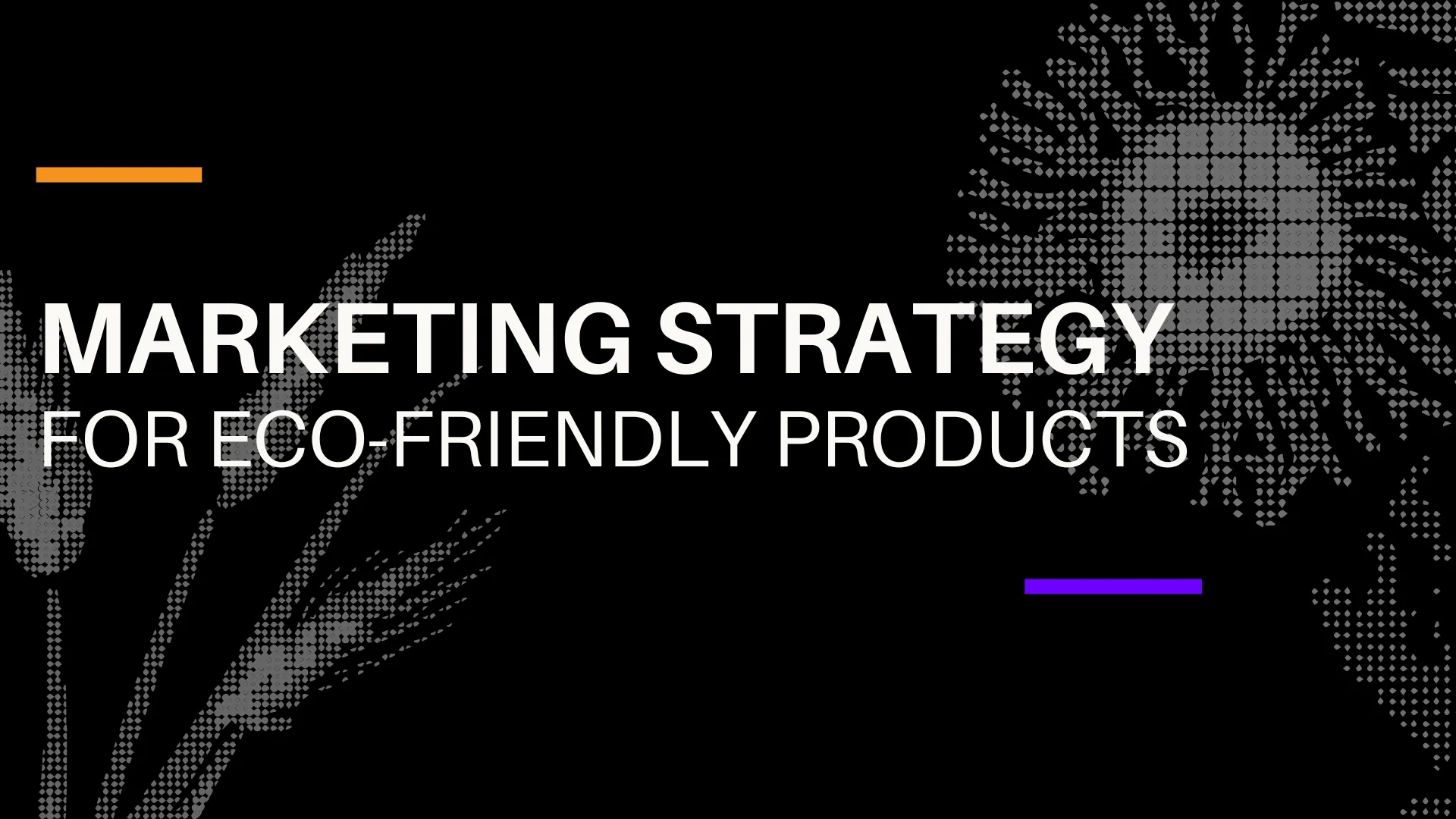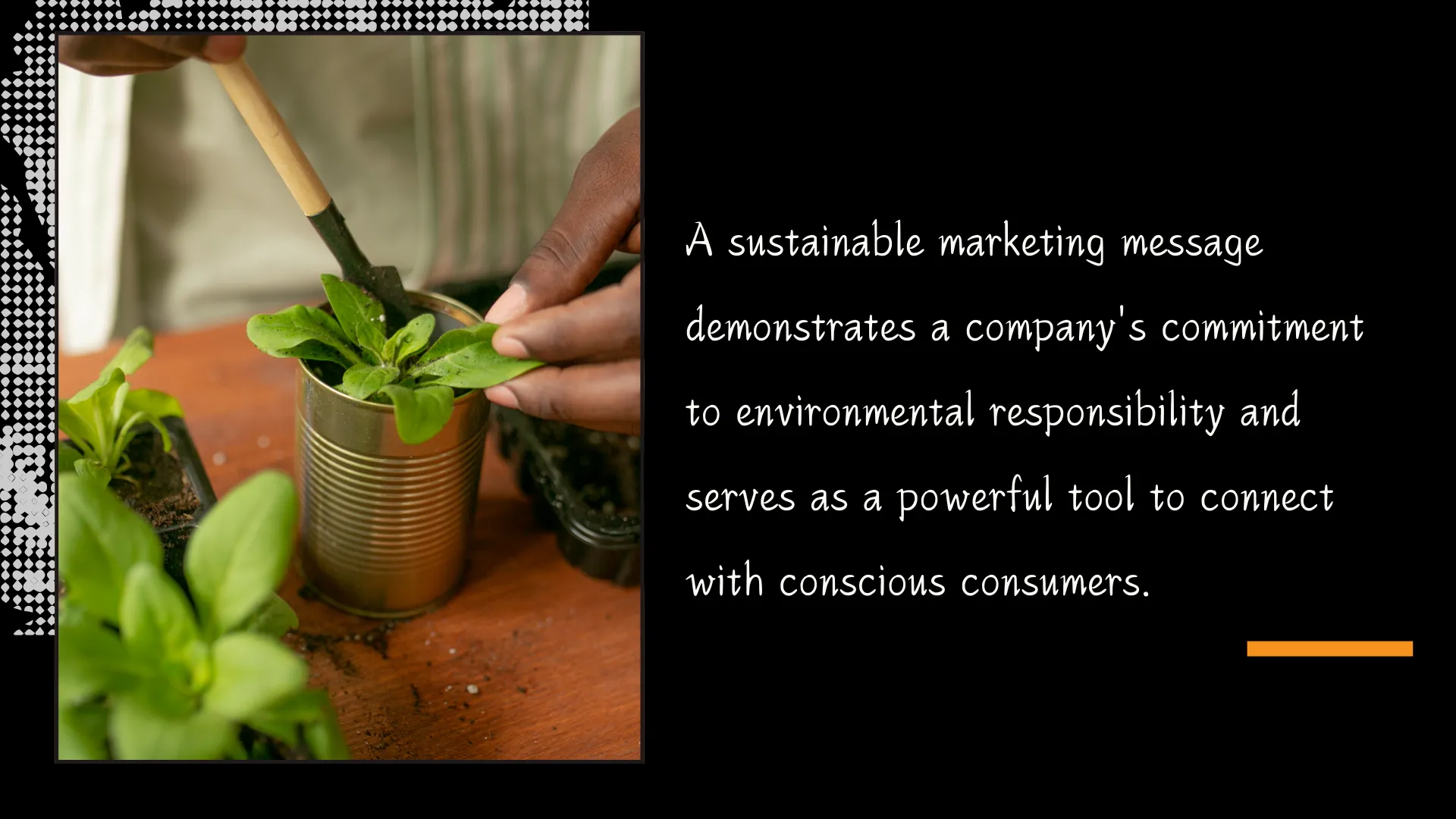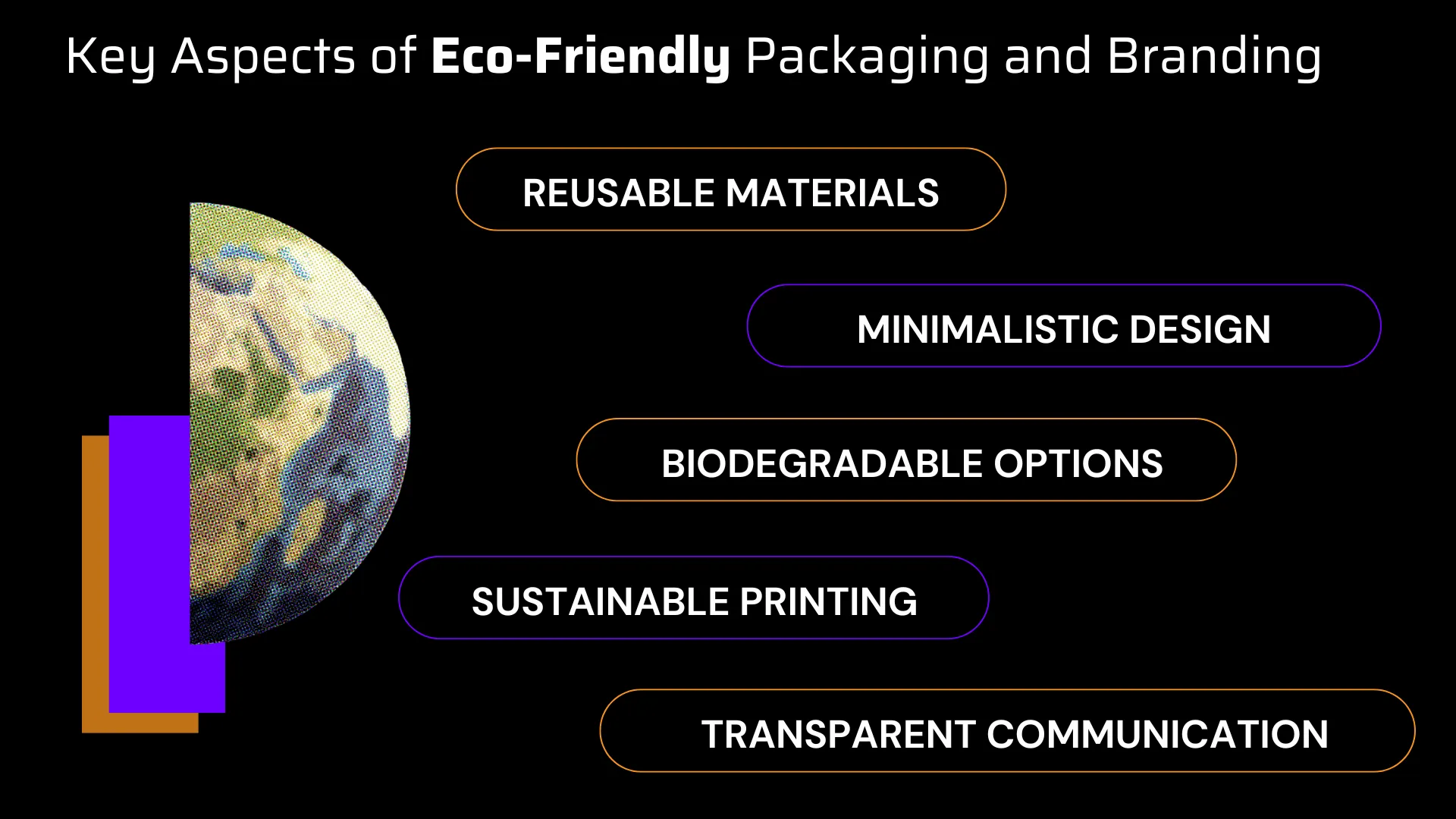Developing an Effective Marketing Strategy for Eco-Friendly Products
Sustainability is no longer a buzzword; it drives consumer behavior. From reusable grocery bags to electric cars, eco-aware choices are changing the market — globally, over 70% of consumers say they are ready to pay more for ecologically friendly products. This is a responsibility and an opportunity for businesses.
Effective marketing strategy for eco friendly products calls for direct communication, a clear awareness of your target, and techniques that mirror the sustainability dedication of your brand. This article covers everything from recognizing trends to creating a powerful brand message to creating winning sustainable marketing strategies.
Understanding the Eco-Friendly Market
From using natural components to employing renewable energy and recyclable packaging, sustainable products reduce their environmental impact. For example, one could find cruelty-free cosmetics, energy-efficient appliances, and biodegradable food containers. Research is essential while promoting your products because each industry has distinct characteristics.
The demand for sustainable products is expanding throughout industries. Important developments in key trends are the move to sustainable packaging, increased interest in alternatives based on plants, and acceptance of energy-efficient technologies. Startups and giants like Unilever are redesigning their operations to be eco-friendly. Maintaining the relevance of your marketing plan depends on keeping current and becoming trend-aware.
Establishing Brand Values
 Establishing brand standards helps your business meet the increased need for sustainability and eco-consciousness. Well-defined brand values will enable you to stand out in the market and attract like-minded consumers. Important factors to consider while setting brand values:
Establishing brand standards helps your business meet the increased need for sustainability and eco-consciousness. Well-defined brand values will enable you to stand out in the market and attract like-minded consumers. Important factors to consider while setting brand values:
- Environmental Responsibility: Show your dedication to lowering your ecological effects by utilizing sustainable practices such as recycling programs, trash minimization, and the use of renewable energy.
- Continuous Improvement: Keep improving your sustainability initiatives while marketing eco friendly products. Regularly evaluate your processes, set targets, and innovate to reduce your environmental impact.
- Ethical Sourcing: Make sure the products use sustainable materials without deforestation or labor exploitation.
- Transparency: Be upfront about sustainability, ingredient sourcing, and manufacturing. Clear communication helps consumers trust and choose.
- Community Engagement: Support community initiatives that reflect your brand. Partnerships with environmental groups or neighborhood clean-ups are examples.
- Education and Awareness: Inform your customers about eco-friendly practices and the benefits of sustainable products. Shared with clients about environmental problems and supported environmentally friendly decisions.
By following these brand principles, you can attract and keep eco-conscious customers who share your dedication to sustainability and help the global environment.
Building a Sustainable Marketing Message
Companies must communicate sustainability in eco friendly products marketing. It transcends only highlighting the advantages and features of their environmentally friendly products. A sustainable marketing message shows a company’s environmental responsibility and connects with conscious consumers.
- Storytelling: The story of your brand could motivate loyalty and confidence. Share your move to eco-friendly production or long-term sustainability. Boost impact with photos and client quotes.
- Educational Content: Many buyers want to know about eco-friendly products’ benefits. Many customers are keen to know the advantages of environmentally friendly items. Make infographics, videos, or blogs outlining how your products change things — for instance, how utilizing reusable bottles might stop thousands of single-use plastics from finding their way into the ocean.
- Addressing Misconceptions: Stop stereotypes about sustainable products being pricey or ineffective. Emphasize cost savings and excellent performance using statistics or client endorsements.
- Authenticity: Avoid greenwashing, where businesses overstate their sustainability efforts. Customers respect honesty and authenticity, hence be open about your methods and developments.
- Partnerships: Engage sustainable brands to spread your message and reach new audiences. Working with environmental non-profits will also show your desire to have a beneficial influence.
Channels and Tactics for Reaching Eco-Conscious Consumers
 To connect and engage eco-conscious consumers, use a marketing strategy for eco friendly products which match their beliefs and interests.
To connect and engage eco-conscious consumers, use a marketing strategy for eco friendly products which match their beliefs and interests.
Content Marketing
- Blogs and Articles: Promote eco-friendly products, sustainable living, and inspiring stories in informative and engaging blog entries and articles. Add keywords to your content for higher search engine rankings.
- Videos and Infographics: Create engaging and shareable videos and infographics that clarify complicated ideas and demonstrate the benefits of eco-friendly decisions. Post these on your website, social media, and YouTube.
- Social Media: Share your sustainability message, communicate with followers, and promote eco-friendly products on social media.
Social Media Marketing
- Engage and Educate: Engage with your audience, post instructional content, and answer inquiries on social media. Discuss, poll, and share user-generated material to build community and involvement.
-
Influencer Collaborations: Join eco-conscious influencers who share your company values. Collaborations on content, giveaways, and social media takeovers can increase your reach and help successfully marketing eco friendly products.
Email Marketing
- Personalized Campaigns: Use consumer interests and preferences to segment your email list. Showcase new eco-friendly products, exclusive deals, and sustainability initiatives in targeted emails. Share relevant content and success stories to demonstrate your brand’s sustainability.
-
Automated Workflows: Set up automatic email workflows to nurture and steer leads through the buying process. Use testimonials, instructive information, and product suggestions to build trust and conversions.
 Eco-Friendly Packaging and Branding
Eco-Friendly Packaging and Branding
Businesses must use eco-friendly packaging and branding to demonstrate their environmental responsibilities. Recycled or biodegradable packaging saves resources and decreases trash. Increase environmental benefits by optimizing packaging design to minimize materials.
Another important factor is eco-friendly printing. Using vegetable- or soy-based inks instead of petroleum-based ones reduces chemical use and environmental damage.
The supply chain’s carbon footprint must also be reduced. Working with sustainable suppliers and manufacturers reduces production’s environmental impact.
Transparency increases eco-conscious customer trust. Displaying eco friendly products marketing, efforts on packaging, and websites helps buyers recognize a company’s sustainability initiatives, certifications, and eco-labels.
Challenges and Overcoming Barriers
-
Cost and Pricing: Sustainable production often costs more. Explain your items’ worth and long-term benefits to justify a premium price.
- Consumer Skepticism: Not everyone will trust your sustainability claims. Use transparency and narrative to show your sustainability commitment is real and impactful.
- Supply Chain Limitations: Sustainability-focused partners can help you overcome supply chain constraints. Eco-friendly materials and techniques should be considered.
- Government Regulations: Maintain environmental compliance and follow evolving requirements. Use industry associations, resources, and certifications for credibility and compliance.
Transparency, teamwork, innovation, and adaptation are needed to solve these problems. Staying loyal to your sustainable ideals and improving business practices can generate consumer trust and help the environment.
Embracing a Sustainable Future with Webugol Agency
Marketing strategy for eco friendly products revolves mostly around authenticity, knowledge, and shared ideals. Understanding your target, speaking clearly, and using the correct channels can set you apart in the eco-friendly industry. From procurement of materials to packaging and branding, applying sustainable practices throughout all aspects of your company operations will demonstrate your dedication to environmental responsibility and draw environmentally minded customers.
Businesses must adapt to a greener future despite sustainability challenges. Encouragement of openness, teamwork, creativity, and adaptability helps businesses build consumer trust and enhance their environment.
If you want to make the most of your company’s efforts, why not team up with a professional digital agency? At Webugol, we specialize in driving sales and crafting unique strategies that really work. With our creative approach and effective promotion, we’ll help you streamline your team’s efforts and hit your business goals faster.


